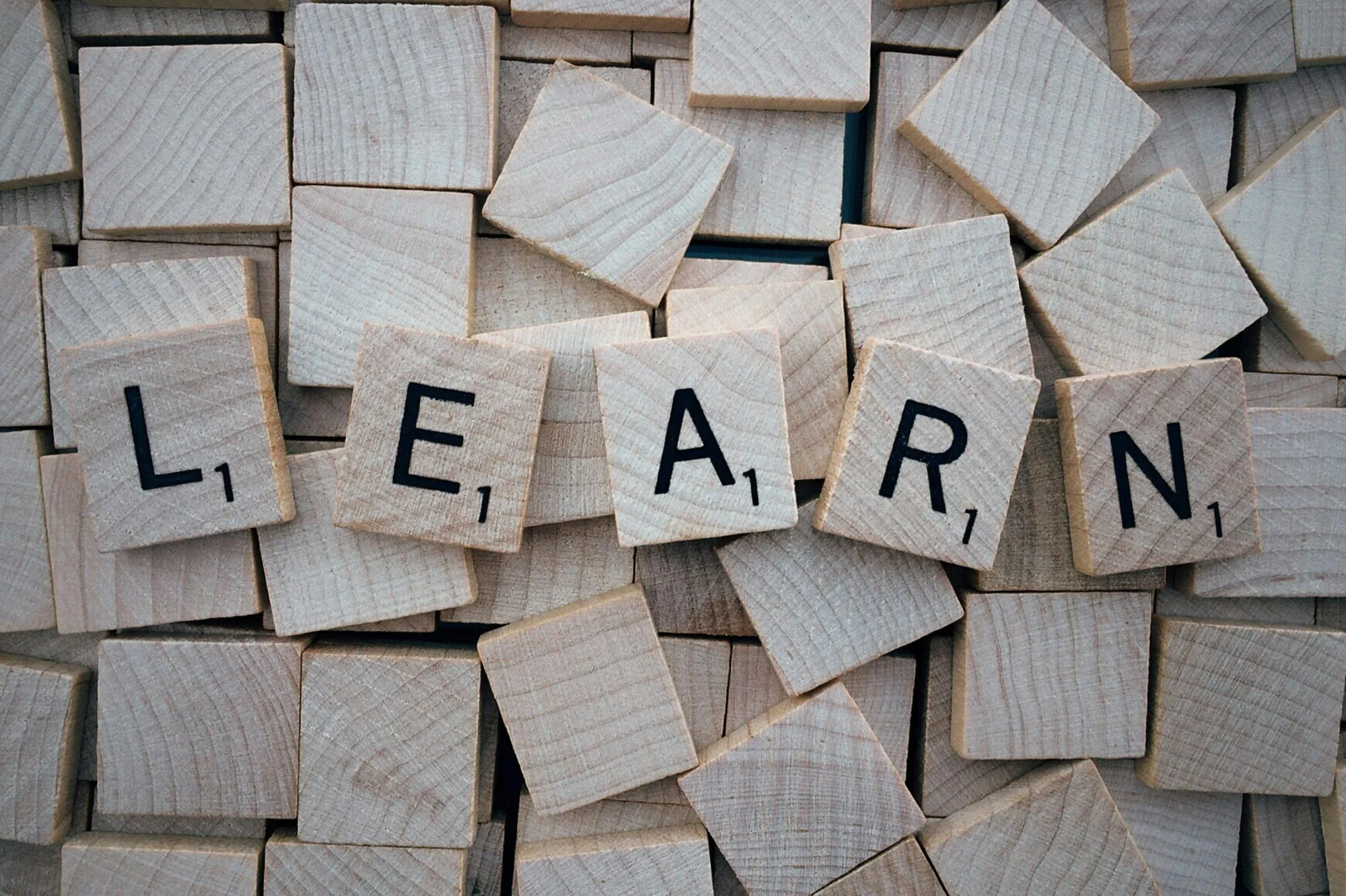Introduction
Brief Introduction to SRS and Its Role in Language Learning
Unlock the secret to mastering a new language with the power of the Spaced Repetition System (SRS). The key to rapid language learning, SRS is not just your average flashcard method. It's a scientifically-backed approach that optimizes memory retention by timing the review of information at the exact moments you're about to forget it.
Designed for efficiency, SRS flashcards are presented at strategically spaced intervals, ensuring you review information just as it begins to fade from your memory. This process not only enhances recall but also increases the longevity of the information in your memory. It's like having a personal tutor in your pocket, who knows precisely when you need to review certain words or phrases.
SRS isn't just beneficial for random facts, it's a potent tool for language learning. For instance, if you're learning Mandarin, the repetition-based approach of SRS is ideal for mastering vocabulary, characters, and sentence structures.
The Importance of Consistency in Using SRS for Language Learning
However, as with any learning method, consistency is key. SRS is like your regular gym workout - the more consistently you train, the stronger your memory muscles become. Regular review sessions are the bedrock of successful SRS language learning.
And it's not just about passive review. Active engagement with the flashcards, such as attempts at drawing characters or constructing sentences, can significantly enhance the effectiveness of SRS.
Whether you're a beginner or an advanced learner, using SRS consistently can supercharge your language learning journey, making the process more efficient, engaging, and rewarding. In the upcoming sections, we'll delve deeper into the science behind SRS, its benefits, and how to use it effectively for language learning. Let's unlock the potential of SRS to accelerate your language fluency.

Understanding SRS and Its Benefits
What is Spaced Repetition System (SRS)?
Imagine having a study buddy who remembers exactly when you're about to forget a word or a phrase, and then schedules a review just in time. That's exactly what the Spaced Repetition System (SRS) does! SRS is a learning technique that schedules reviews of information at strategically spaced intervals, right at the moment when you're about to forget it. This timing is key in making SRS so effective.
The system is a more advanced version of traditional flashcards. Instead of reviewing all words at the same frequency, SRS adjusts the interval based on your performance. If you keep getting a word right, the system will increase the time before the next review. On the other hand, if you struggle with a word, the system will schedule more reviews until you've mastered it.
The Science Behind SRS and Its Effectiveness in Language Learning
The effectiveness of SRS is backed by scientific research. It's based on the 'forgetting curve' theory, which suggests that our memory retention decays over time. By scheduling reviews just before you're about to forget the information, SRS effectively combats this decay, ensuring the information stays fresh in your mind.
Research supports this methodology. A meta-analysis of 29 studies found that spaced practice using tools like SRS was 74% more effective compared to massed practice, or cramming. Not only does SRS increase the longevity of the information in your memory, but it also makes your learning more intentional, turning memory into a choice.
Benefits of Using SRS for Language Learning
SRS is especially powerful for language learning, and here's why:
Efficiency: SRS optimizes your study sessions by focusing on the areas where you need the most improvement. Instead of spending equal time on all vocabulary, you spend more time on the words you find difficult, making your study sessions highly efficient.
Long-term retention: By reviewing information right before you're about to forget it, SRS increases the longevity of the information in your memory, leading to more effective long-term retention.
Personalization: SRS adjusts to your individual performance, showing you the right cards at the right time. This makes your study sessions highly personalized and effective.
Flexibility: SRS allows you to customize your learning experience. For instance, with Anki, a popular SRS tool, you can set the cards to play the target language audio first, or opt to hear only the target language without the English translation.
In sum, SRS is a scientifically-backed, efficient, and flexible learning method that can greatly enhance your language learning journey.

How to Use SRS for Effective Language Learning
The Basics: How to Use SRS Flashcards for Language Learning
Just as you can't run before you walk, you can't dive into advanced SRS techniques without first mastering the basics. Using SRS flashcards for language learning is straightforward. Each card typically has a target language word, phrase, or sentence on one side and its translation on the other. Some flashcards also include audio files, which can be particularly helpful for mastering pronunciation.
When using SRS flashcards, it's important to engage in active recall. This means you should attempt to remember the translation without peeking at the other side of the card. If you guessed correctly, you won't see the flashcard again for a while. If not, it'll resurface in a few minutes. This process helps you to focus on the areas that need improvement.
Advanced Techniques: Spaced Repetition Intervals and Stats Tracking
Now that you've got the basics down, you can start exploring the more advanced features of SRS. One of these is spaced repetition intervals. SRS technology determines when you should review a certain card based on your past performance. If you consistently get a card right, the interval before it shows up again will gradually increase. On the other hand, if a card is giving you trouble, it will pop up more frequently until you've mastered it.
In addition to spaced repetition intervals, stats tracking is another advanced feature that can boost your language learning efforts. This allows you to monitor your progress and identify patterns in your learning. For example, if you're consistently struggling with certain types of words or phrases, you can dedicate more time to these areas.
Case Study: Using SRS for Mandarin Chinese Learning
Let's look at a practical example. Suppose you're learning Mandarin Chinese, a language with an extensive array of words, unique characters, and tones. Anki, an SRS-based app, has been shown to be particularly effective for learning this language.
Anki Chinese flashcards often come with audio files, allowing learners to hear the correct pronunciation and tone of the word they're learning. Plus, the app's repetition-based approach is ideal for learning Mandarin vocabulary, characters, and sentence structures. It adjusts to your individual performance, showing you the right cards at the right time, which makes your study sessions highly personalized and effective.
Over time, the initially intimidating task of memorizing thousands of characters becomes manageable, even enjoyable. This is the power of SRS language learning in action. It's not about cramming everything in one go, but instead gradually reviewing and reinforcing your knowledge over time.
In conclusion, whether you're a beginner or an advanced language learner, understanding and effectively using SRS can significantly enhance your language learning journey. It's a method that not only optimizes your memory retention but also makes the process more efficient, engaging, and rewarding.

Traverse: A Revolutionary SRS Language Learning App
Are you ready to turbocharge your language learning journey? Traverse is here to streamline your learning experience, combining mind mapping, connected note-taking, and Spaced Repetition System (SRS) flashcards into one revolutionary app.
Introduction to Traverse and Its Unique Features
Traverse is not just another language learning app. It is a comprehensive learning tool that helps you master complex topics efficiently. What sets Traverse apart is its unique blend of features. You get the benefits of mind mapping, a powerful learning technique that enables you to group related topics and subtopics, add directional links, name those links, and even color-code them for easy visual identification and memorization. It allows free arrangement of nodes to reflect your mind and has the provision for freehand drawing for quick visualizations.
Along with that, Traverse also offers a modern note-taking app where you can quickly link to any other note, create sketches, embed videos, attach study resources, and even create flashcards directly from your notes.
How Traverse Incorporates SRS for Effective Language Learning
A key feature of Traverse is the integration of SRS flashcards. Active recall and spaced repetition are proven retrieval practices that are part of any effective study process. Traverse has optimized these techniques to their fullest potential.
Traverse's SRS schedule is optimized by default, but it also allows complete customization. You can create fill-in-the-blank flashcards directly from your notes. This feature not only saves time but also ensures that the flashcards you create are closely connected with your notes and mind maps, making your review sessions more effective and productive.
Importing Anki Decks into Traverse for Continued Learning
If you've been a fan of Anki, one of the most popular SRS software, you'll be thrilled to know that Traverse is the first 100% Anki-compatible learning app. This means you can import your Anki decks into Traverse and continue your learning seamlessly.
Not only does Traverse keep your flashcards, but it also retains all your scheduling data, ensuring that you don't lose your progress when you make the switch. This feature is instrumental for learners who have invested significant time using Anki and want to carry forward their progress while benefiting from the advanced features of Traverse.
In sum, Traverse is a revolutionary app that blends cognitive science and practical learning tools to offer a superior language learning experience. It brings together the effectiveness of SRS, the visual power of mind mapping, and the convenience of connected note-taking, all in one platform. Whether you're looking to master Mandarin or any other complex topic, Traverse is here to help you unlock fluency in your learning journey.

Common Questions About SRS Language Learning
As you delve into the world of SRS language learning, you may stumble upon a few questions that seem to have contradicting answers. To help you navigate these choppy waters, we've covered some of the most common ones here.
SRS vs. The Leitner Method: Which is Better?
The Leitner System and the Spaced Repetition System (SRS) are two popular learning methods used in flashcard studies. But which one holds the key to unlocking fluency?
The Leitner System operates by sorting cards into different decks based on the learner's mastery level. However, it requires manual selection of decks for study, which can be a tad cumbersome. SRS, on the other hand, automates the review frequency based on your performance. This means that if you know a card well, it appears less frequently, while those you struggle with appear more often for review.
In a nutshell, the SRS method provides a more personalized and efficient learning experience. It takes away the decision-making process about when to see a particular card, leaving you more focused on the learning itself.
One Large Deck or Multiple Smaller Decks: What's the Best Approach?
In the realm of flashcard study, one question often surfaces: Is it better to have all your flashcards under one large deck or to spread them across multiple smaller decks?
In practice, the answer to this question largely depends on your personal preference. However, having a single, large deck can often simplify the learning process. With a single deck, you don't have to make multiple decisions about what to study. This can make your study sessions more streamlined and efficient, especially when learning complex languages like Mandarin.
The Role of Drawing in SRS Language Learning: Is It Necessary?
When it comes to learning complex scripts such as Mandarin characters, the question of whether drawing has a role in SRS language learning often arises. While it isn't strictly necessary, adding visual elements to your flashcards can certainly enhance the learning experience. Visual stimuli, such as pictures or drawings, can provide additional memory cues, making it easier to recall the information later.
In summary, while SRS language learning can seem daunting at first, it offers a scientifically-backed method for mastering a new language. Whether you prefer the SRS method or the Leitner System, a large deck or multiple smaller ones, or drawing or not - it's all about finding what works best for you. After all, the ultimate goal is to unlock fluency and make your language learning journey as effective and enjoyable as possible.
Conclusion
Harnessing the Power of SRS for Language Mastery
Stepping back, it's clear that the Spaced Repetition System (SRS) has revolutionized language learning. Its science-backed approach to information retention has turned the challenging task of language mastery into a manageable and efficient process. As we've discussed, SRS reinforces memory through increasing intervals of review, making it particularly effective for absorbing and retaining complex language elements like Mandarin characters.
Unlock Fluency with Traverse
As a cutting-edge language learning app, Traverse takes the power of SRS and amplifies it with unique features designed for optimal language acquisition. From mind-mapping Mandarin characters to importing your existing Anki decks for seamless learning continuity, Traverse is not just a tool but a companion in your language learning journey. Its personalized learning experience and cognitive science techniques turn the intimidating task of learning Mandarin into an engaging and rewarding process.
Join the Traverse Community
Now that you're aware of the benefits and potential of SRS, why not experience it firsthand? We invite you to dive into the world of efficient language learning with Traverse. Experience how it integrates visual mnemonics, mind mapping, and SRS flashcards to supercharge your Mandarin learning process.
As a company committed to continuous improvement and user satisfaction, we also invite you to share your experiences and feedback. Your insights are invaluable in helping us create a more effective, user-friendly language learning tool.
In conclusion, SRS is not just a method, but a key to unlocking fluency in your target language. With Traverse, you can harness this key and open the door to language mastery. Start exploring Traverse today, and unlock your potential!

